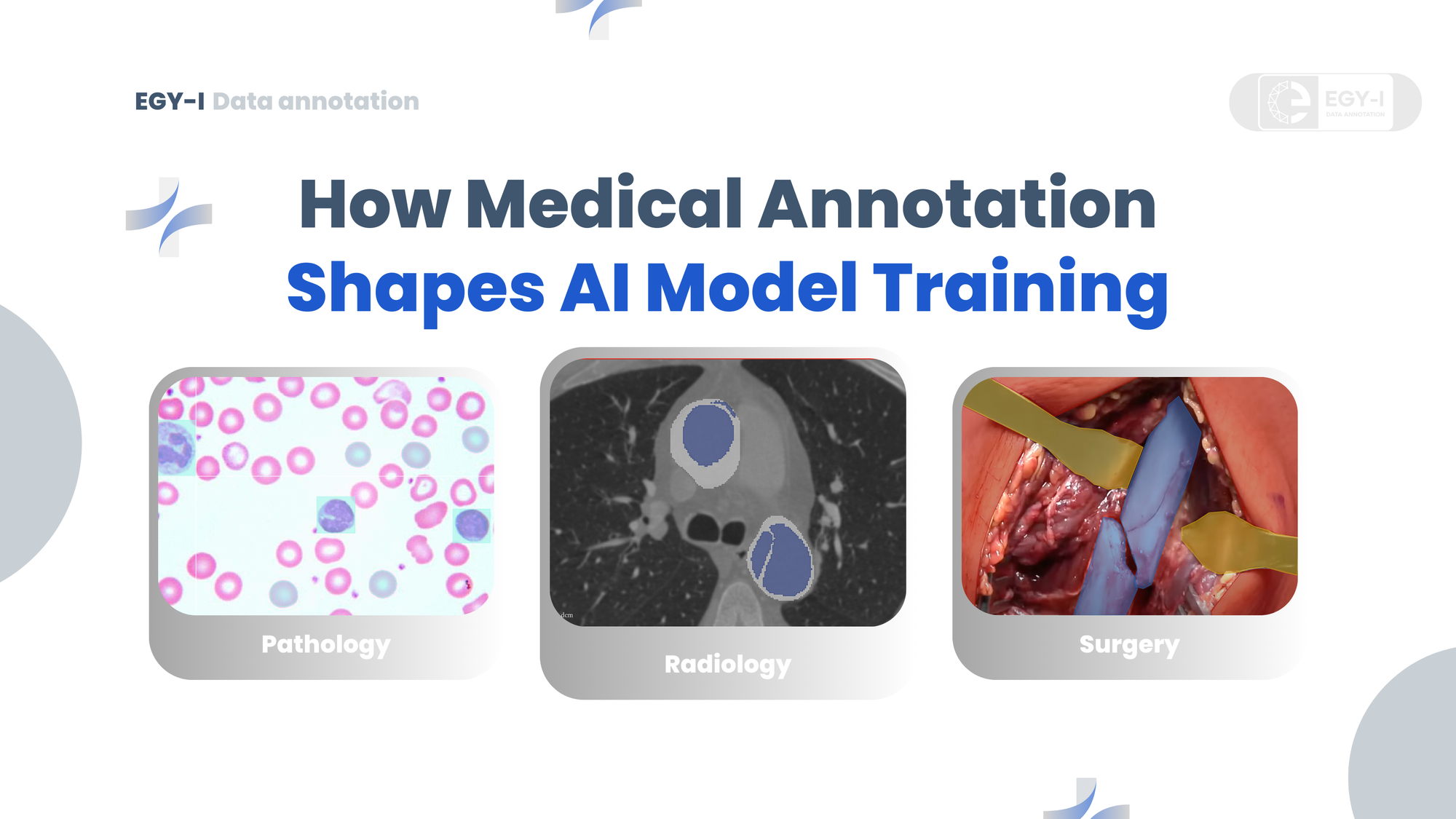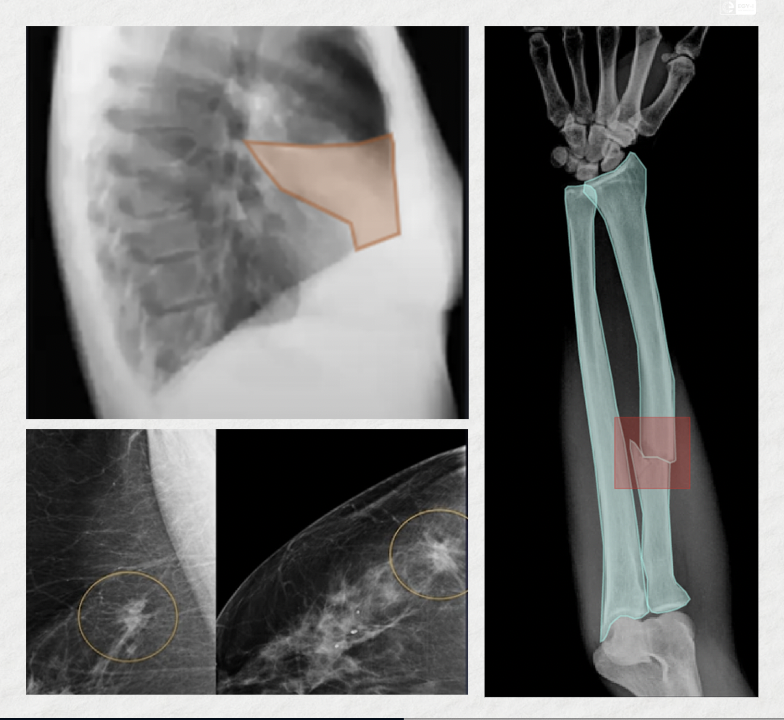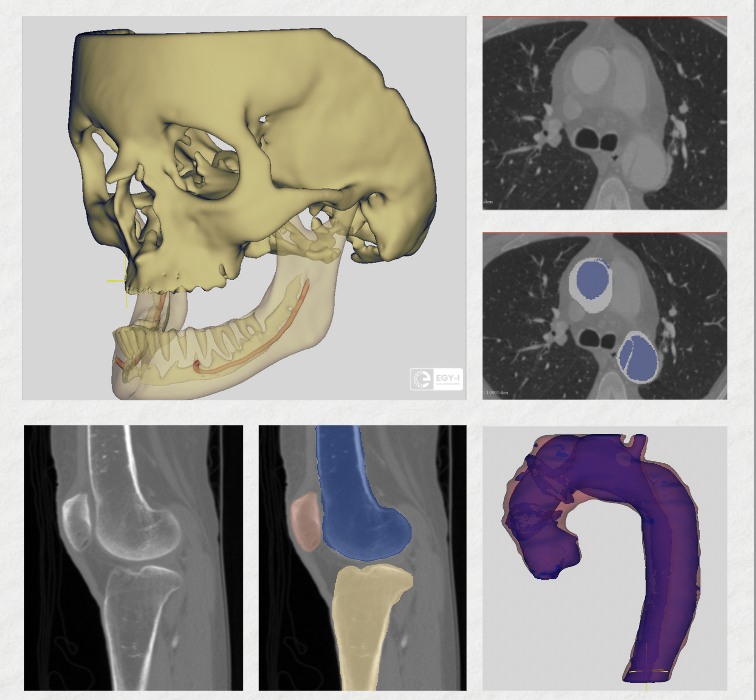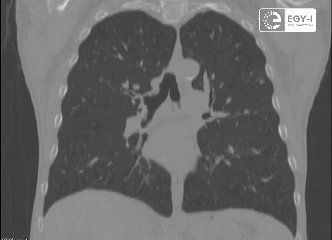The Critical Role of Medical Annotation in AI Model Training

The rise of artificial intelligence (AI) in healthcare has revolutionized how medical data is processed, analyzed, and utilized. Central to the development of AI models in the medical domain is the process of medical annotation. This pivotal task involves labeling and structuring medical data to make it intelligible and actionable for AI systems. Accurate medical annotation ensures the reliability and efficacy of AI models, impacting clinical diagnostics, treatment planning, and patient outcomes.
What is Medical Annotation?
Medical annotation refers to the meticulous process of labeling medical data, such as imaging, text, or genomic data, to provide context and meaning. This can include marking areas of interest in medical images, tagging symptoms in clinical notes, or labeling genetic sequences for analysis. Annotators rely on medical domain knowledge and specialized tools to produce datasets that AI algorithms can learn from.

2D x-ray annotation
Types of Medical Annotation
- Image Annotation: Used in radiology, pathology, dentistry, surgery, dermatology, and cardiology this involves identifying and marking regions in medical images, such as tumors in MRIs or fractures in X-rays.
- Text Annotation: Involves tagging clinical notes, medical reports, and electronic health records (EHRs) with relevant medical terms, symptoms, or drug names.
- Signal Annotation: Applied to physiological data such as ECG or EEG signals, this includes labeling abnormalities or specific patterns for analysis.
- Genomic Annotation: Used in genomics, this entails tagging sequences with information about genes, mutations, or regulatory elements.

Medical Imaging 3D segmentation
Importance of Medical Annotation in AI Model Training
- Building Robust Training Datasets: High-quality annotations are essential for creating reliable datasets that train AI models. Poor or inconsistent annotations can lead to inaccurate predictions, undermining the model’s utility.
- Improving Diagnostic Accuracy: Annotated datasets enable AI models to recognize patterns and anomalies with precision. For instance, annotated radiology images allow AI to detect tumors with accuracy comparable to or better than human radiologists.
- Facilitating Generalization: Comprehensive annotation ensures that models are exposed to a wide variety of cases, improving their ability to generalize across diverse populations and conditions.
- Enhancing Interpretability: By linking predictions to annotated features, medical annotation helps clinicians understand the reasoning behind AI-driven decisions, fostering trust and adoption.

Lung 3D segmentation
Challenges in Medical Annotation
- Domain Expertise: Medical annotation requires input from highly trained professionals, such as radiologists or pathologists, making the process time-intensive and costly.
- Data Privacy and Security: Annotating sensitive medical data involves stringent compliance with regulations like HIPAA and GDPR to protect patient information.
- Ambiguity in Medical Data: Variability in interpretation among annotators can lead to inconsistencies, necessitating rigorous standardization and validation protocols.
- Scalability: Annotating large datasets is a monumental task, often requiring innovative solutions like active learning or semi-supervised annotation.
Tools and Techniques for Medical Annotation
Advancements in annotation tools have streamlined the process, allowing for greater accuracy and efficiency.
- Software Platforms: Tools like Labelbox, V7, Encord, Supervisely and Prodigy offer specialized interfaces for medical annotation, incorporating features like automated segmentation and collaboration.
- AI-Assisted Annotation: Semi-automated systems leverage AI to pre-label data, which human annotators refine, reducing workload and improving consistency.
- Consensus Building: Crowdsourcing annotations from multiple experts and using consensus algorithms ensure higher reliability in ambiguous cases.
The Future of Medical Annotation
The role of medical annotation will only grow as AI becomes more entrenched in healthcare. Emerging trends include:
- Integration of Multimodal Data: Annotating combined datasets of text, images, and signals for comprehensive AI applications.
- Real-Time Annotation: Enabling dynamic, on-the-fly annotations in clinical workflows for adaptive AI systems.
- Use of Synthetic Data: Generating annotated synthetic datasets to supplement real-world data and address gaps.
Conclusion
Medical annotation is the backbone of AI model training in healthcare. Its accuracy and quality directly influence the performance and trustworthiness of AI applications, making it a critical component in the evolution of medical technology. As tools and techniques continue to evolve, the scope and impact of medical annotation will expand, paving the way for groundbreaking advancements in AI-driven healthcare solutions.



